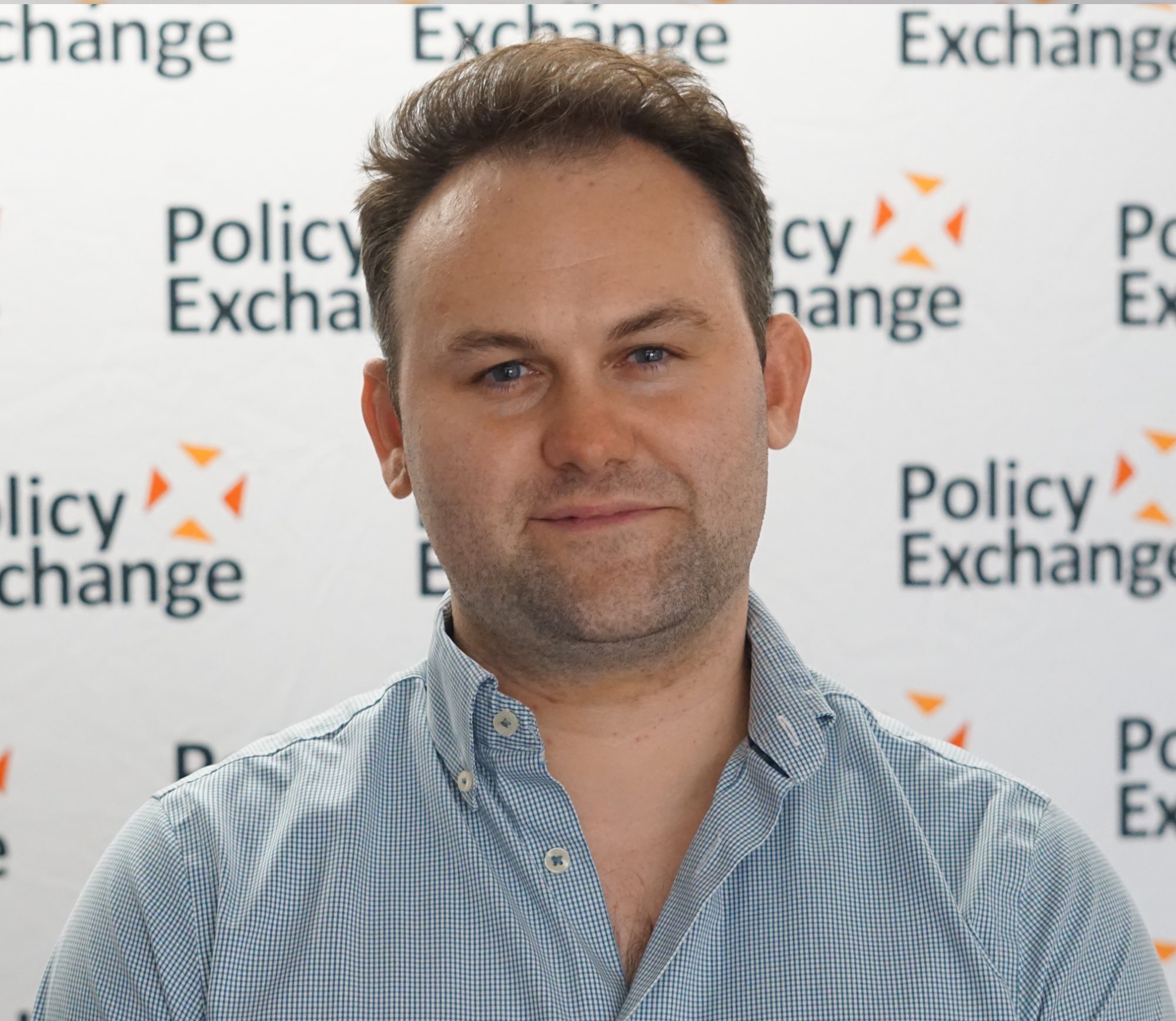
Robert Ede
Head of Health and Social Care (2020 - 2022)

Dr Sean Phillips
Head of Health and Social Care
There has been much anticipation about ‘Levelling Up’ within the health care sector. It was viewed as a vehicle to land existing arguments about health inequalities that have escaped concerted focus over the past decade. As Policy Exchange warned before, meeting those elevated expectations was going to be tough. What has been the result?
As widely trailed, improvements to health outcomes is listed among twelve core ‘missions’. The commitment is that Healthy Life Expectancy (HLE) will rise by five years by 2035, with an interim target to narrow the gap between local areas where it is highest and lowest by 2030. HLE is defined as the number of years in self-assessed good health and has become a preferred measure over life expectancy. This reflects a rise in the incidence of chronic conditions, with long periods of moderate and severe ill health often preceding death.
The 2035 target was first conceived of as part of the Grand Challenge on Healthy Ageing devised by the Theresa May administration in 2018. This continuity should be welcomed not derided; it remains a worthy goal, albeit an ambitious one in the context of the pandemic . The challenge is that the interventions required to extend healthy life by five years exist far beyond the remit of the NHS. Tackling these wider determinants will be critical in determining success or failure. The White Paper does accept this; factors name checked include smoking rates, alcohol intake, poor diet, and differences in the quality of housing. The importance of spreading good health as well as economic opportunity is acknowledged. Some policy detail does follow.
The publication is notably generous about the achievements of previous governments, including using Labour’s work on health inequalities in the 2000s as an example of a ‘whole systems’ approach. The National Institute for Health and Care Excellence (NICE) set up in the late 1990s is cited as among the distancing mechanisms that can underpin successful policy regime.
Specific policy initiatives listed in the White Paper related to health outcomes can be broadly divided into those led by the NHS, and those which require leadership from other organisations.
Within the remit of the NHS there are commitments to deliver:
- Strengthening of the prevention offer within the NHS Health Check Programme
- The Core20PLUS5 initiative, which seeks to improve outcomes in cardiovascular disease, cancer, respiratory, maternity, and mental health amongst the poorest 20% of the population, along with ethnic minorities and other underserved groups.
- More than 100 Community Diagnostic Centres across England by 2025. The White Paper says that the majority of these will be based outside of London and the South East, ultimately leading to an additional eight million tests each year, and providing 23,000 years of improved quality of life. A case study is provided of Barnsley Community Diagnostic Hub, which is to be situated within a retail development in central Barnsley.
- Existing pledges on social prescribing, with the intention to refer 900,000 people to these services by 2023-24.
- Upon existing core health manifesto commitments, such as hospital building upgrades, GP appointments and preventing 150,000 cases of cardiovascular disease. The most recent multi-year settlement for the NHS is also highlighted, with an extra £15.7bn provided for the NHS over the spending review period.
Commitments that connect to social care, wider public health, and cross-governmental action include:
- A forthcoming Tobacco Control Plan for England in 2022, with a focus on reducing smoking in the most disadvantaged areas.
- A forthcoming Food Strategy White Paper.
- A piloting of a health incentives scheme in Wolverhampton, following the review of incentives conducted by Sir Keith Mills.
- Delivering on the key recommendations from the Dame Carol Black review of drugs.
- A new White Paper on Health Disparities which will be published later in 2022. This is a personal focus area for the Sajid Javid as Secretary of State, who has referred to the ‘disease of disparity’. The White Paper will focus on prevention and disparities by ethnicity, socioeconomic background and geography.
- Reiterating the commitments outlined in the Social Care White Paper (People at the Heart of Care) which was published in 2021.
- A commitment for DHSC to boost funding to NHS-university partnerships beyond London and the Golden Triangle. This includes a review of National Institute for Health Research (NIHR) clinical research network funding, with a commitment to release at least 50% of funding (from September 2022) to NHS organisations outside the ‘Greater South East’.
- A proposal to relocate 380 DHSC roles outside of London by 2025.
As outlined in previous research, the Government is not on track to meet the 2035 HLE target. The detrimental impact of COVID-19 has drifted us further off course. Do the commitments in the White Paper amount to the step change required? They do not. However, there is much to welcome, including ideas which chime with Policy Exchange recommendations. Following the decision to dismantle Public Health England, we called for the creation of a new powerful unit for health improvement, housed within DHSC and with direct accountability to Ministers. The Office for Health Improvement and Disparities was subsequently launched in Autumn 2021 and reflects this thinking; exactly the type of organisation that can champion the ‘system change’ advocated for in this White Paper, with collaborative working across Government to tackle underlying determinants and improve health for all.
Further commitments relating to the NHS are thin on the ground. That is not a surprise. But what the White Paper does do is demonstrate the areas of the NHS that the Government thinks have the most transformational potential. This includes an emphasis on earlier diagnosis – echoing recommendations from Policy Exchange research on the backlog in planned care. Our paper ‘A Wait on Your Mind’ was published in 2021 and called for a “step change” in diagnostic investment to bring the UK up to the OECD average – including an expansion in the rollout of CDHs. Ensuring that health research funding is fairly distributed across the country is another positive step. As we argued in a recent paper – this must be done in a way that recognises the different but equally important contributions that can be made from NHS institutions, whether that is a world-leading ophthalmology centre or a traditional district general hospital.
There are missed opportunities. Besides a fleeting reference to appointments, no mention is made of general practice, where there is a persuasive case for embracing digital technology to level up access. This is perhaps due to complex picture around access to NHS services which challenge geographical generalisations. On raw GP numbers, it is areas beyond the Southeast such as West Yorkshire and Birmingham and Solihull that have managed to grow their numbers of GPs significantly, whereas coastal communities around Kent and Medway and South Essex have witnessed the sharpest declines – despite the relative affluence of both counties.
“Levelling up is not about making every part of the UK the same” says the White Paper. But of course, when it comes to core public services such as the NHS there is a desire to achieve better consistency – whilst capturing and spreading the best. Reconciling this tension – addressing disparities whilst allowing ‘warranted’ variation to flourish – will be the ultimate determinant of whether levelling up has worked.
For more of our analysis of the white paper, please click here


